Board interview with President Dan Thorndike
Dan Thorndike and his family have been in the Rogue Valley since 1923. Being in the outdoors is a central part of his upbringing. With that in mind, we asked Dan what brought him to the SOLC Board.
I grew up fishing the Lower Rogue, camping for weeks from the end of the summer through steelhead fishing season, cycling, river kayaking, trail running, climbing, skiing, skiing and enjoying all that is nice about Southern Oregon. Then I went to Colorado College, again enjoying regular outdoor activities, and ultimately went to law school at University of Washington. During that time, I spent some time in the 70’s and 80’s climbing in Nepal. So, enjoying the outdoors has always been important to me.
I was on the Oregon Water Resource Commission, which deals with all the water in Oregon, for 11 years and as Chair for seven years. It was wonderful because you got to go all over the state and get a real background on water resource management. I was also a member of and then chair of the Oregon Watershed Enhancement Board (OWEB), first representing the Commission and then as an at-large member, for almost 19 years. This organization is a founding agency for preservation and restoration around the state. Here, I watched the evolution of land conservancies as they began to play a larger and larger role in overall management and restoration, particularly on a landscape scale. Consequently, when I finished my terms on all the State organizations, I was asked about serving on the board. Both as an OWEB member and a local I certainly knew about SOLC, including that it was among the early land conservancies s to be nationally accredited. Everything sounded great to me. I was very impressed with SOLC and it is a natural extension of my past work, right in my own backyard.
Conservation and the love of the environment doesn’t stop with Dan in his family. Today, Dan’s wife, Joan, runs one of the first commercial organic flower farms in the US, located right here in the Rogue Valley. His youngest daughter, Isabella, also traveled to Nepal and works on the flower farm and in floral design. Older daughter Camila works professionally with several climate change organizations, most recently in Washington DC for what ended up being some of the most significant climate legislation in the US.
I can see SOLC expand into large scale preservation and restoration, where land conservancies can be at the center of partnerships between private and federal lands. Also, from a climate change perspective, preserving and creating the kind of connectivity through wildlife corridors and easements that are critical to both climate change efforts and wildlife preservation. And finally, through land conservation, we can provide a larger societal benefit by opening land to those who don’t have land to experience.
October 2020





